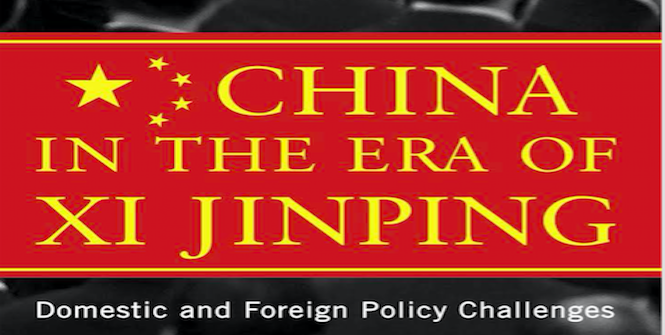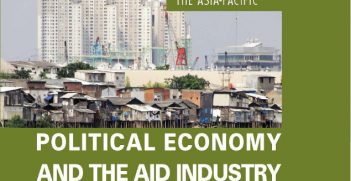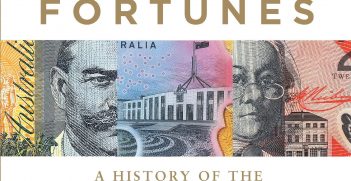Reading Room: China in the Era of Xi Jinping

November 2012 witnessed China’s second orderly succession of power, with Xi Jinping taking control of both the Chinese Communist Party and the armed forces from Hu Jintao. With a robust mandate for reform, Xi has quickly emerged as the strongest and most popular Chinese leader since Deng Xiaoping. However, China’s economic and military rise have created unprecedented challenges for the party leadership and pushed existing problems to breaking point.
This book provides a diverse and comprehensive guide to the modern issues facing China and the pressure on the Chinese Communist Party (CCP) to balance stability and legitimacy with growing discontent both at home and abroad.
The book is divided into two sections, split between domestic and international challenges to China’s leaders.
It begins with an examination of the current generation of Chinese leadership, with a plethora of tables highlighting the broad demographic trends of those who make up the Chinese Politburo. Analysing the current composition of the ‘fifth-generation’ leadership paints a revealing picture of what to expect from the 19th Party Congress in the autumn of 2017.
The subsequent chapters of the first section examine the extent to which China’s domestic political structures constrain or empower Chinese policy-making. The consolidation of power under Xi Jinping has created vertical fragmentation in the relationship between the party and the state, creating an unclear division of policy responsibility in China’s many dynamic parts. More broadly, Xi’s concentration of power in the realm of both domestic politics and foreign affairs has left him with the impossible task of being accountable to all of the increasingly complex issues that China faces.
To understand where China’s future lies, we must understand what drives Xi to make the choices he does. Party stability and the survival of the regime guide Chinese policy on all fronts domestically—often exacerbating the tension between Chinese tendencies towards globalisation and the repressive one-party state.
The second half focuses on the challenges to a rising China in the international sphere. As noted by the authors, it is often domestic trends that create a challenging foreign policy environment for Chinese policymakers. The growth of social media and the influence of ‘netizens’, along with increasingly nationalist rhetoric from Chinese politicians, constrict China’s ability to manoeuvre its foreign policy.
In the past, domestic passions roused by different incidents tended to cool with time, allowing for greater flexibility in Chinese foreign policy. Increasingly, however, China’s actions on the world stage are being driven by fears of domestic instability and the growing calls for assertiveness from within. The great challenge facing China under Xi Jinping’s rule is the externalisation of internal conflict, with overseas adventurism being used as a means to defuse domestic discontent.
In conclusion, the book offers an examination of the role that the so-called ‘complex interdependence’ between the US and Chinese economies plays in maintaining peace between the two world powers. This collection of essays offers a comprehensive guide to contextualising the policy crossroads that China faces in the new era of Xi Jinping.
Robert S. Ross and Jo Inge Bekkevold (ed.), China in the Era of Xi Jinping: Domestic and Foreign Policy Challenges, Georgetown University Press, May 2016.
Cormac Power is an International Relations and Economics student at the University of Western Australia.





